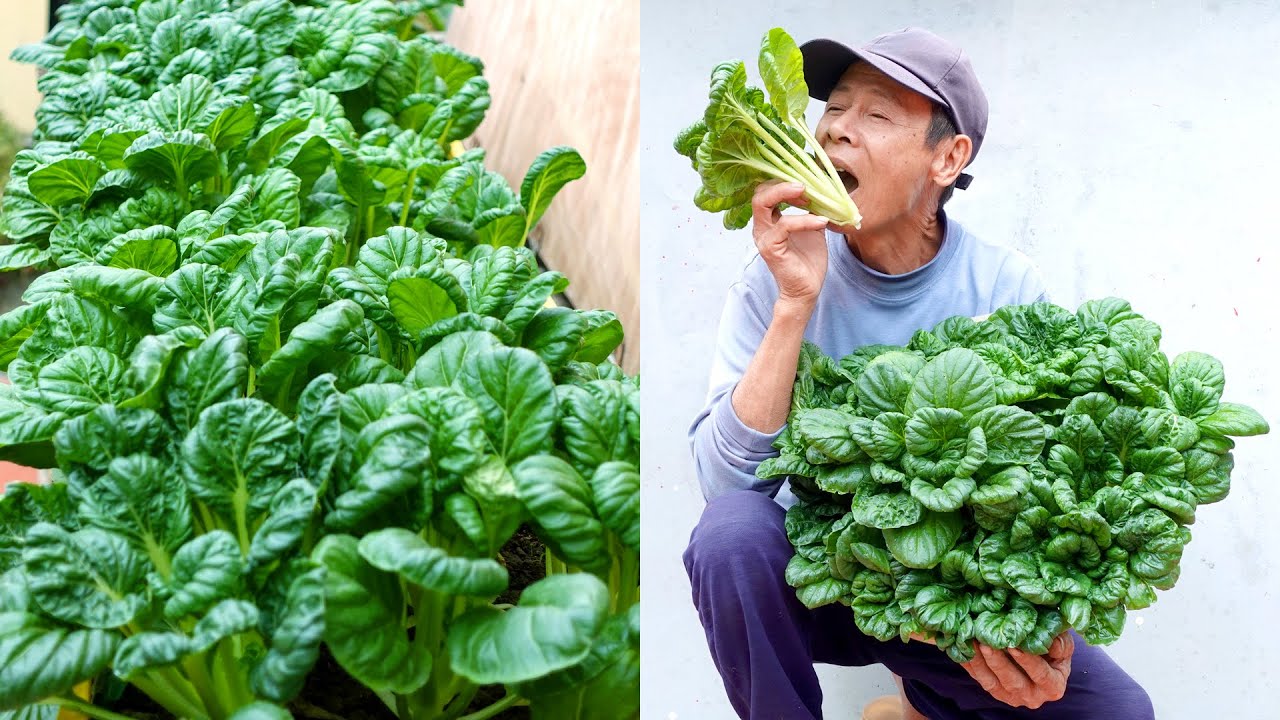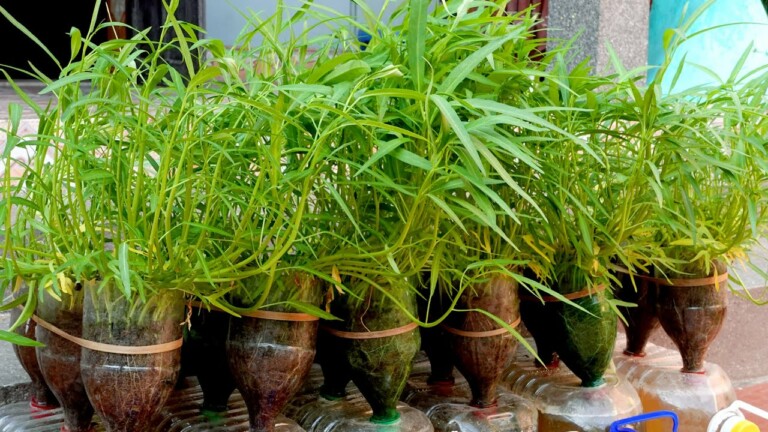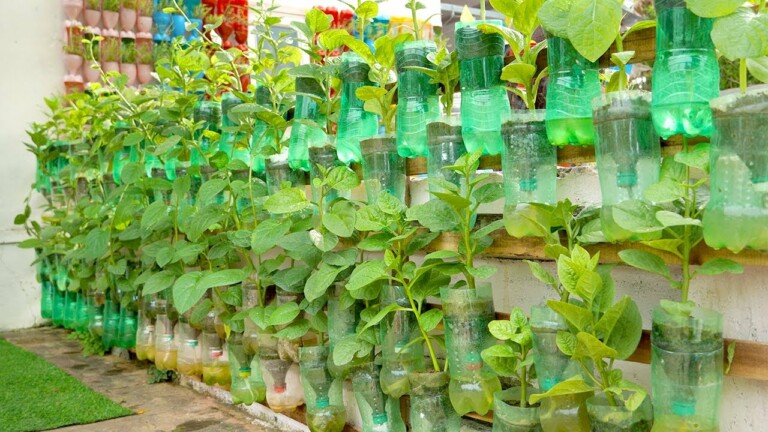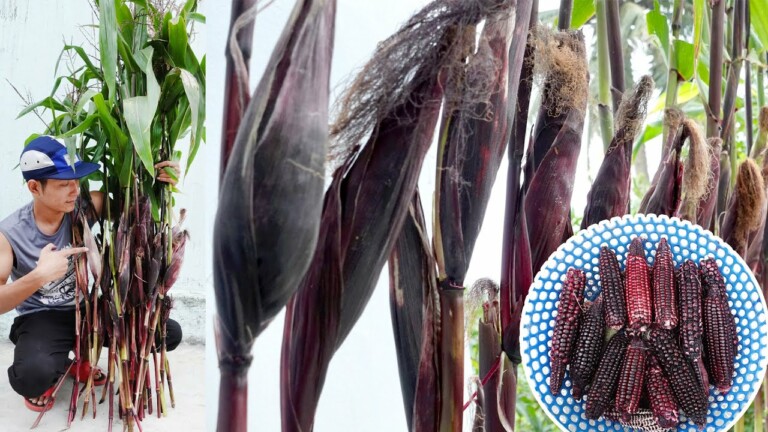Recycling Plastic Cups into Hanging Vegetable Garden | Hanging Garden Ideas
Welcome to our blog post where we explore the exciting world of transforming plastic cups into a magnificent hanging vegetable garden. If you are a gardening enthusiast like us, you’ll be amazed by the innovative hanging garden ideas we’re about to share. Join us on this eco-friendly journey as we discover the art of repurposing plastic cups to create a sustainable and vibrant hanging vegetable garden. Our aim is to inspire you with practical tips and creative techniques that will not only beautify your living space but also contribute to a greener environment. So, let’s get started and unlock the unlimited possibilities of recycling plastic cups into a stunning hanging garden oasis.
Recycling Plastic Cups into Hanging Vegetable Garden | Hanging Garden Ideas
Introduction:
Are you looking for creative and eco-friendly gardening ideas? Look no further, as we have a brilliant suggestion for you – recycling plastic cups into a hanging vegetable garden. This impressive, smart, economical, and perfect solution is especially suitable for small garden spaces. In this article, we will guide you on how to create your own hanging vegetable garden using plastic cups. Let’s jump right in!
Step 1: Gather your Supplies
To get started, gather the following supplies:
- Plastic cups (clean and empty)
- Scissors or a utility knife
- Twine or strong string
- Potting soil
- Seeds or seedlings of your desired vegetables
- Watering can or spray bottle
- Optional: paint or markers for decorating the cups
Step 2: Prepare the Cups
Take your plastic cups and using scissors or a utility knife, cut a small hole in the bottom. This will ensure proper drainage for your plants. If you’d like, you can also get creative and decorate the cups with paint or markers to add a personal touch to your hanging garden.
Step 3: Make Holes for Hanging
Next, choose a spot where you want to hang your vegetable garden. It can be a balcony, patio, or any other suitable area. Measure the length of twine or strong string you’ll need to hang the cups in a vertical line. Then, cut several pieces of twine or string, each approximately 1 meter in length.
Take one cup and tie a knot at the bottom of the twine or string. Insert the twine or string through the hole in the cup, passing it through until the knot rests against the inside of the cup. Now, tie a knot above the cup to secure it in place. Repeat this process for each cup, leaving a few inches of space in between.
Step 4: Planting Time
Fill each plastic cup with potting soil, leaving a small gap at the top. Plant your desired seeds or seedlings in each cup, following the recommended planting instructions for the specific vegetables you have chosen. Gently water each cup, ensuring the soil is moist but not waterlogged.
Step 5: Hang and Care for Your Garden
Once you have planted all the cups, it’s time to hang your vegetable garden. Find a sturdy hook or fixture to hang the twines or strings from. Make sure the structure can support the weight of the cups, soil, and growing plants.
Hang the cups vertically, securing the twine or string to the hook or fixture. Ensure that the cups are at an appropriate height for easy access and maintenance. As your vegetable garden grows, make sure to regularly water the plants and check for any pests or diseases.
Conclusion:
Recycling plastic cups into a hanging vegetable garden is not only a creative way to repurpose waste but also a practical solution for those with limited gardening space. By following these simple steps, you can transform your empty plastic cups into a flourishing vertical garden. Enjoy the satisfaction of harvesting your own fresh vegetables while reducing plastic waste.
FAQs (Frequently Asked Questions):
-
Can I use different types of plastic cups?
Yes, you can use different types of plastic cups as long as they’re clean and empty. Make sure to cut holes in the bottom for proper drainage. -
Which vegetables are suitable for a hanging garden?
Herbs like basil, parsley, and mint are excellent choices for hanging gardens. You can also grow cherry tomatoes, lettuce, and strawberries. -
How often should I water my hanging vegetable garden?
Watering requirements may vary depending on the type of plant and the weather. Generally, check the soil moisture regularly and water when it feels dry to the touch. -
Do I need to use fertilizers?
Potting soil usually contains enough nutrients for the initial growth. However, you can use organic fertilizers if you notice signs of nutrient deficiency later on. -
What if my cups are too small?
If your cups are too small for growing vegetables, you can use them to plant small flowers or succulents instead.
Remember to subscribe, like, and share our video tutorial on creating a hanging vegetable garden. For more gardening inspiration and tips, follow us on Facebook, Twitter, Instagram, and Pinterest. Thank you for choosing our eco-friendly gardening ideas!
Copyright by 5T1 Media. Please do not reupload without permission. For business inquiries, please contact us via email. Happy gardening!






